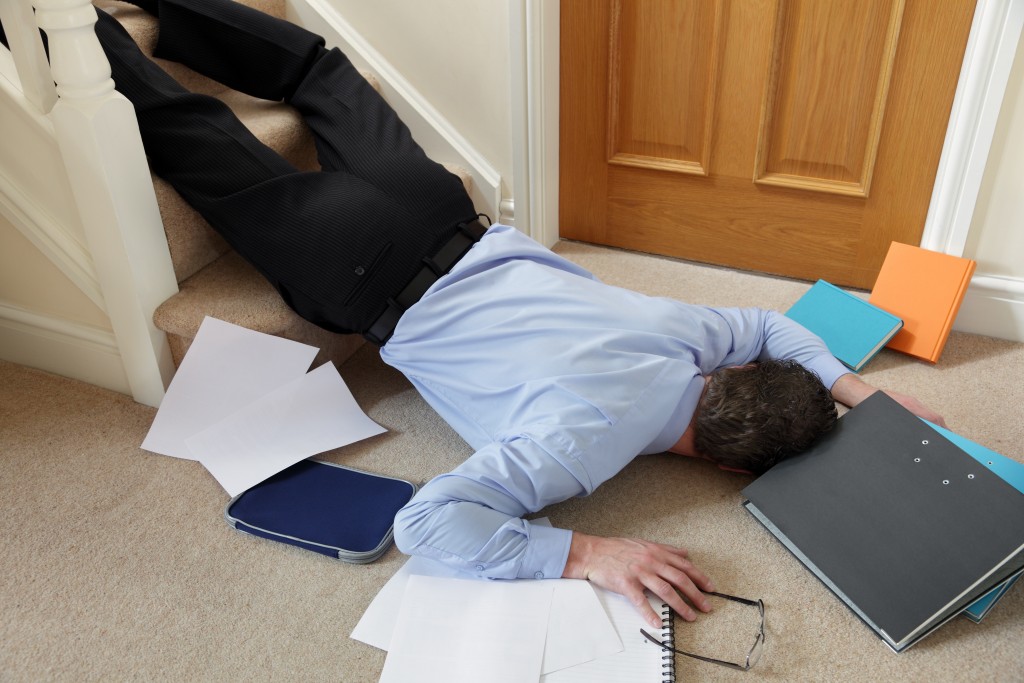Every child has played at least a little rough and tumble with no serious harm, but as we grow older our bodies tend to get unaccustomed to vigorous activity. And with a greater body mass, adults can be both stronger and yet more susceptible to injury. Public properties in Washington, for example, often have safety warnings in areas where pedestrian slips and falls are likely to occur. Even if your job involves frequent physical exertion, there will be times when a simple trip sends you to the hospital and possibly missing several days of work.
Workplace accidents are a concern for both employers and workers alike. No employer wants to lose hours of productive labor, face potentially costly litigation, or gain the unwanted reputation of being the sort of company that doesn’t look after the welfare of its employees. And workers certainly would rather stay injury-free and able to make a living; you may get ample compensation for a workplace-related brain injury through your lawyer in Lynnwood, but it’s a rough consolation when you need to heal back to full health before you can start working and earning once again.
The numbers: slips and falls
Prevention can make a difference for a large number of people. According to the most recent available data from the National Institute of Occupational Safety and Health (NIOSH), slips, trips, and falls accounted for over a quarter (26%) of non-fatal occupational injuries which resulted in work days lost. That’s over 200,000 people across all industries in a single year.
And though many people don’t immediately consider these to be major injuries, the numbers for disability claims prove otherwise. An estimated $18 billion per year is spent on total claims for all types of workplace falls. Not only does this reflect a serious problem, it also presents an opportunity for both employers and workers to take steps towards a much safer workplace environment.
Occupations at risk

As you may expect, some of the jobs where people are exposed to a high level of injury risk related to slips, trips, and falls at the workplace include construction, manufacturing, transportation, and retail. Compounding the issue is a perceived shift in demographic trends; employees under age 55 will either see minimal increase or even shrink in population, while the ranks of those remaining employed at age 55 and above are projected to see an increase of 30-80%. Naturally, older workers are susceptible to more serious consequences from such workplace injuries.
Measures you can take
Your job might involve heavy lifting, hours of standing or walking across the production or retail store floors; or you may be in a management position and able to quickly effect large-scale changes. Either way, there are probably several ways you can make an improvement for workplace safety.
Pay attention to your surroundings and immediately call out any missing or damaged protective systems such as guard rails or safety nets; be accountable for maintaining a tidy workplace, and hold others to the same standard. Encourage and maintain clear communications across the workforce, so that accidents are minimized and no one is hesitant to speak up or give warning if they should notice any possible hazards.
Slips, trips, and falls may seem like a harmless and frequent occurrence to the layperson, but on-the-job experience will show you otherwise. Don’t wait for a tragic accident to spur action; maintain constant vigilance on a personal level and across your team to avoid negative consequences.

